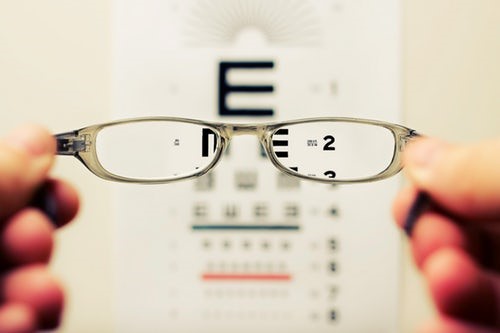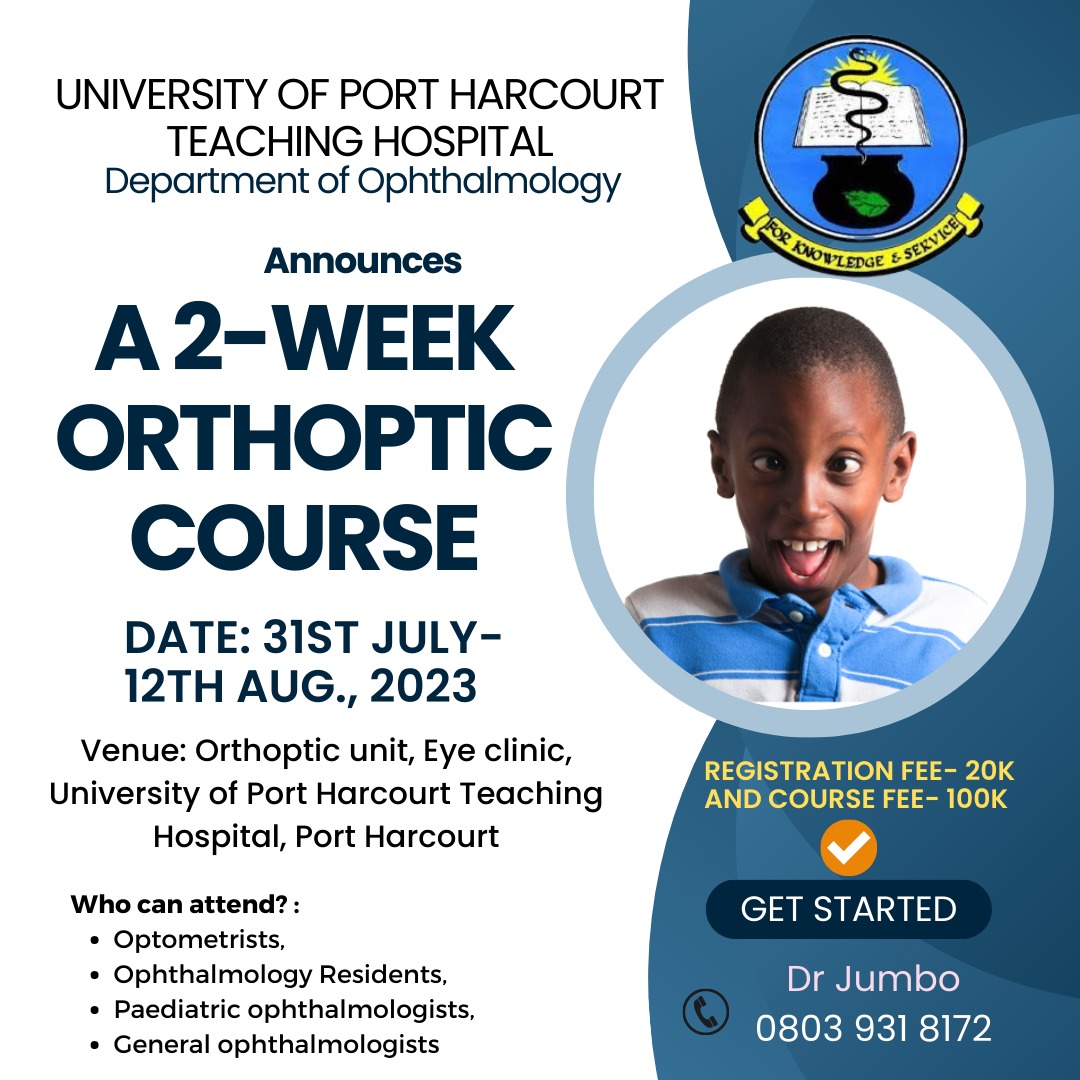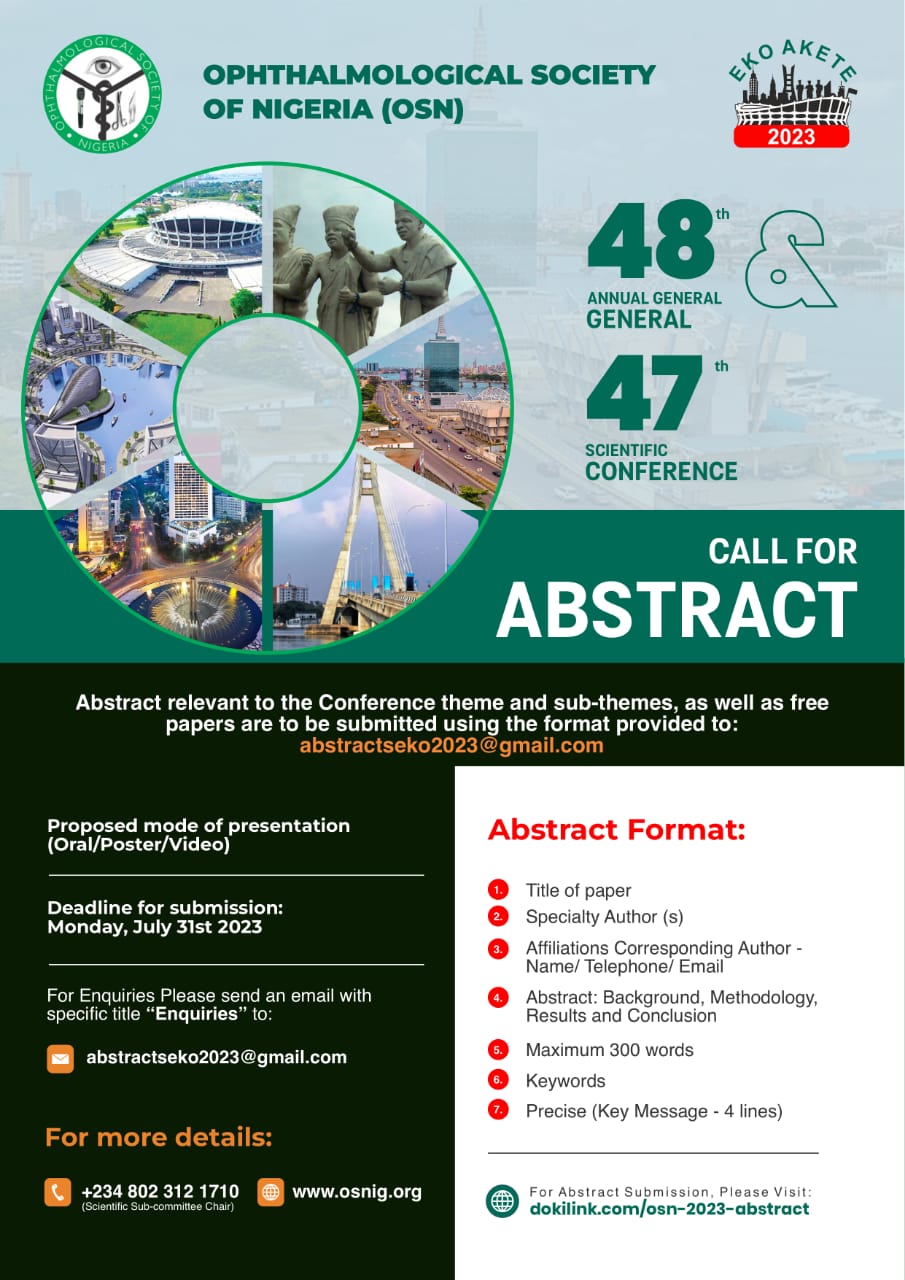People who have myopia cannot see distant objects clearly and this can be quite disturbing. Not only does it affect personal development and interaction with other people, it can also progressively worsen and lead to blinding complications. Globally, the race is on to create more awareness about this condition which is fast becoming an epidemic.
What really is myopia?
Myopia, also known as shortsightedness, is a type of refractive error in which a person is unable to see distant objects clearly either because the eyeball is too long or the lens is too curved. Vision is usually better for near work. It may progressively worsen over time.
What are the signs that a child may have myopia?
Children that have myopia may exhibit the following features:
- Hold objects of regard (e.g. books) very close to the face or sit very close to the television
- Complain of not seeing distant objects clearly unless they move closer (e.g. difficulty seeing the blackboard clearly in class)
- Worsening academic performance or child copies lessons wrongly
- Apparent inattention in class noticed in a previously “good” student
Parents and teachers often have an important role to play in identifying children that may be shortsighted early. Ideally, visual complaints by children should be investigated before attributing them to stubbornness, malingering or youthful exuberance on the part of the child.
What causes myopia?
Myopia has been attributed to a mix of genetic and environmental causes. Current research has revealed a link between the risk of development and progression of myopia, and increased near work and less time spent indoors. In this age of technology, many children have access to mobile phones, computers and other such gadgets which largely keeps them preoccupied, with less time being spent on outdoor sports and other recreational activities.
Who is at risk?
Literally anyone can have myopia. However, 90% of cases develop in childhood. Its prevalence is increasing alarmingly and it is becoming a public health problem. Current predictions show that in the next 30 years, about 50% of the world’s population would be affected!
What are the consequences of myopia?
- Poor academic and/or work place performance
- Psychosocial issues – lower quality of life, restricted recreational activities
- Higher risk of blinding eye diseases such as glaucoma, cataract, retinal detachment and maculopathy
How can myopia be managed or prevented from progressing?
- Early detection through screening of school age children
- Use of appropriate optical correction
- More time spent on outdoor activities and play
- Less time spent on cell phone and gadgets
#MyopiaMovement #MyopiaAwarenessWeek




